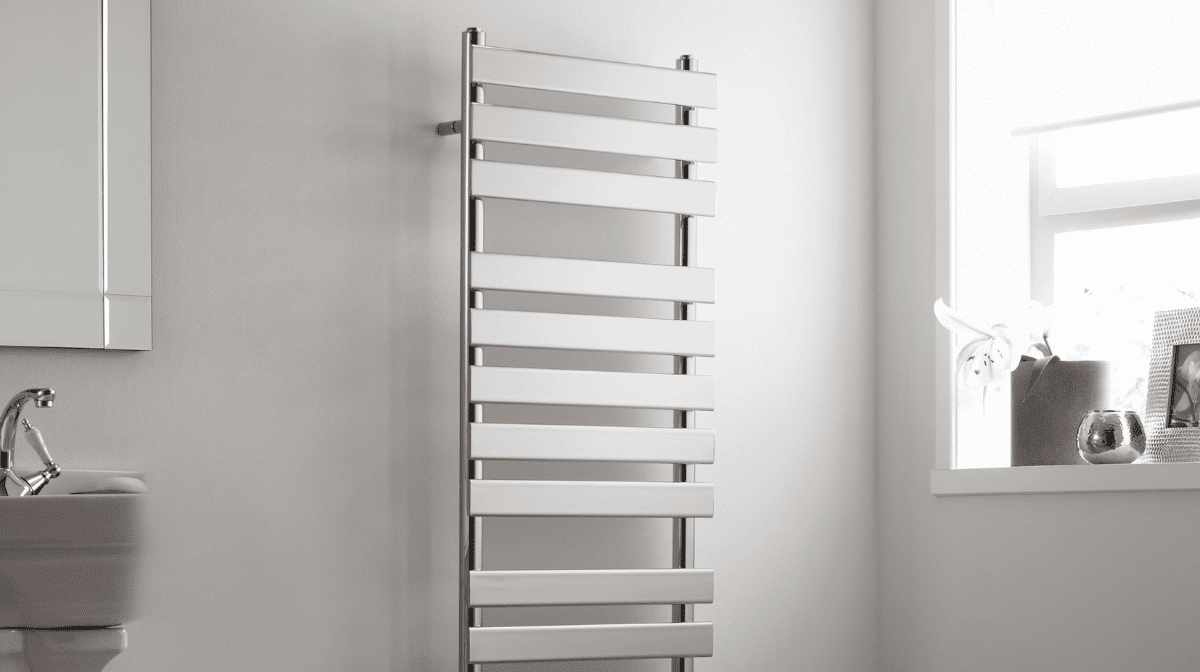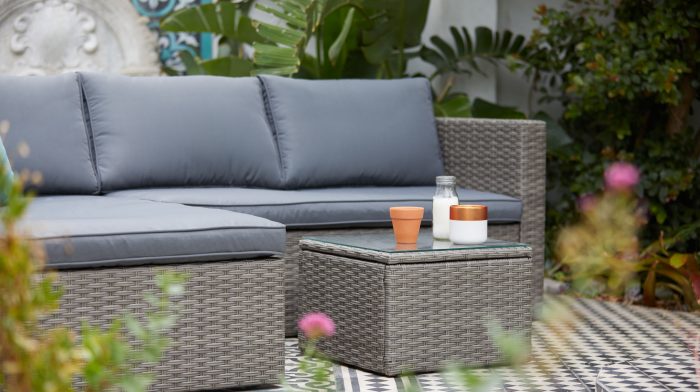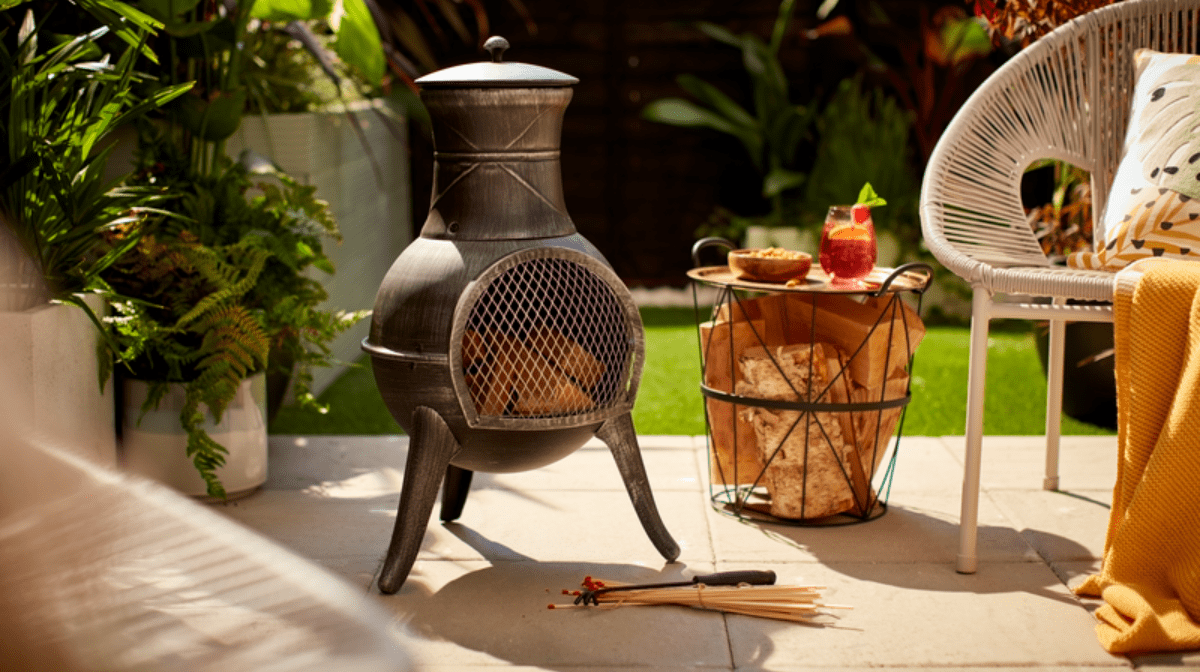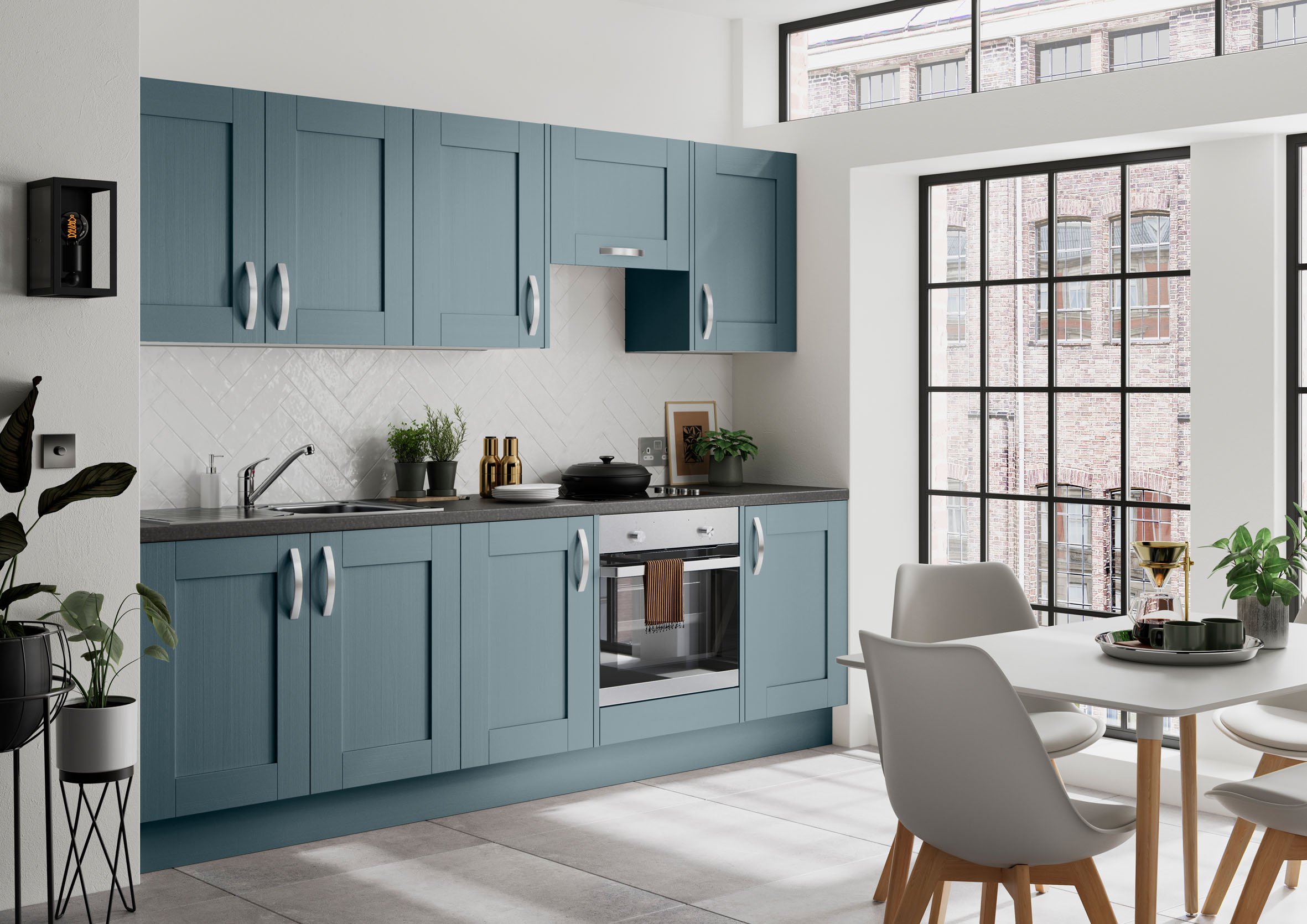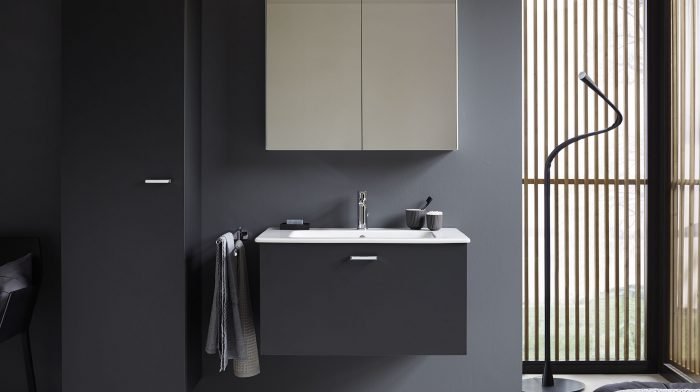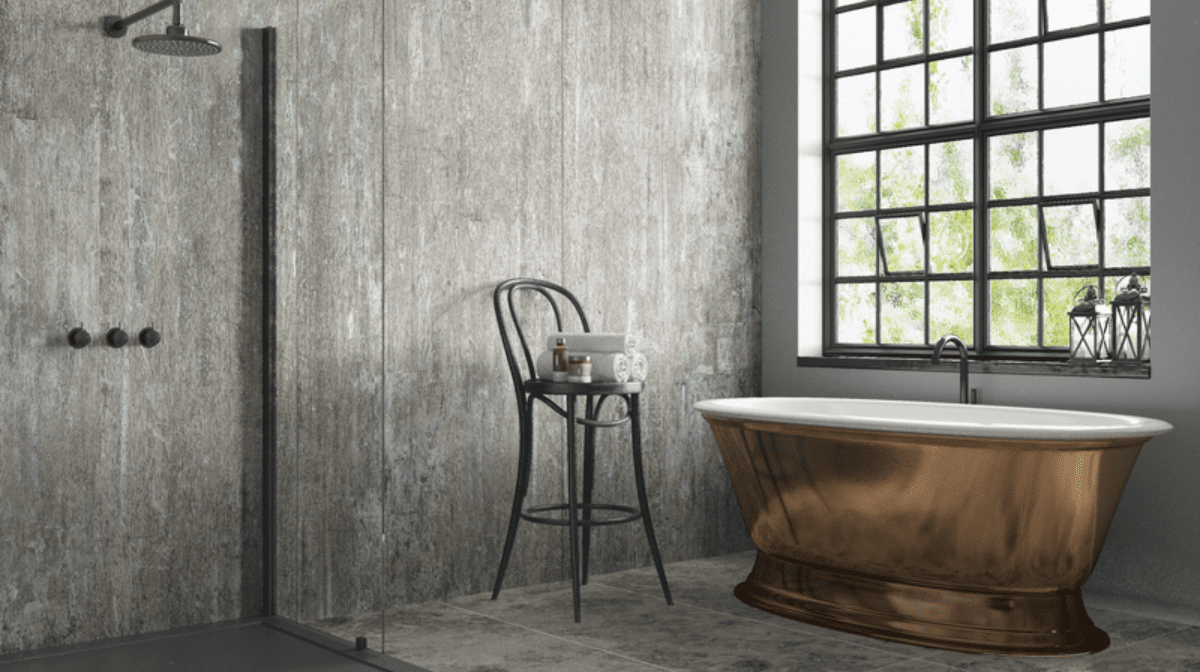Preparation
Before starting the bleeding process, there are a few key things to check. Conducting a heat test is a good starting point. You can do this by turning your heating on and carefully feeling your way across your radiator.
If there are cold patches near the top of the radiator, it is an indication of trapped air. Letting the air escape by bleeding the system will fix this. However, if the cold patches are concentrated towards the bottom, you may have a sludge build-up. This will require the assistance of a plumber.
It’s also a good idea to check your boiler pressure if you’re ever having problems with your central heating. If the pressure gauge has dropped below the expected level, this can be a sign of a leak in your system.
Once you’ve checked that there are no leaks in your plumbing, make sure your intake and exit valves are open before you get started. If you are bleeding a towel radiator, check to see if it has thermostatic radiator valves and a lock-shield. If it does, you will need to open them.
Top Tip: For more DIY advice, such as how to replace a radiator, take a look at our Ideas & Advice hub.
How to bleed a radiator
1. Turn off the hot water and heating, then allow the radiator to cool
Before you start, you’ll need to make sure that you have cold radiators. Turn off your central heating and your hot water. Make sure to wait until your radiators are completely cool to prevent burns. If you are bleeding a towel radiator, it should take about 20 minutes for the water to cool.
2. Locate the bleed valve
Usually located at the top at one end of the radiator, the bleed valve is a knob with a square-shaped attachment that the radiator key fits onto. If you don’t have a radiator key, they’re a very affordable piece of equipment. Just remember to check the size of your bleed valve to ensure you find the correct fit.
Lay a cloth on the floor below the radiator valve to catch any water that may drip.
3. Bleed the radiator
Once the radiator is completely cool, fit your key over the bleeding valve and twist in an anti-clockwise direction. It is advisable to wear gloves, just in case any hot water is still left in the system.
Keep your hand in place, as the next part happens quickly: you should hear a hissing sound as the air is released. Once water begins to drip out at a steady pace, immediately twist the fitting back into place.
4. Check the pressure
Check the pressure level on your boiler, which should fall on average somewhere between the 1 and 2 bar. If it is significantly lower and you have a manual filler, top up the pressure so it is at its normal level.
5. Test your heating
After making sure you have tightened the correct fittings back into place, turn your hot water and heating back on and carefully feel your radiator to check to see if the problem has been resolved.
And there we are – now you know how to bleed radiators! Checking your radiators regularly is an easy way to improve the energy efficiency of your home, helping you to save money on your heating bills in the long run. For more eco tips, visit our energy efficiency hub.

